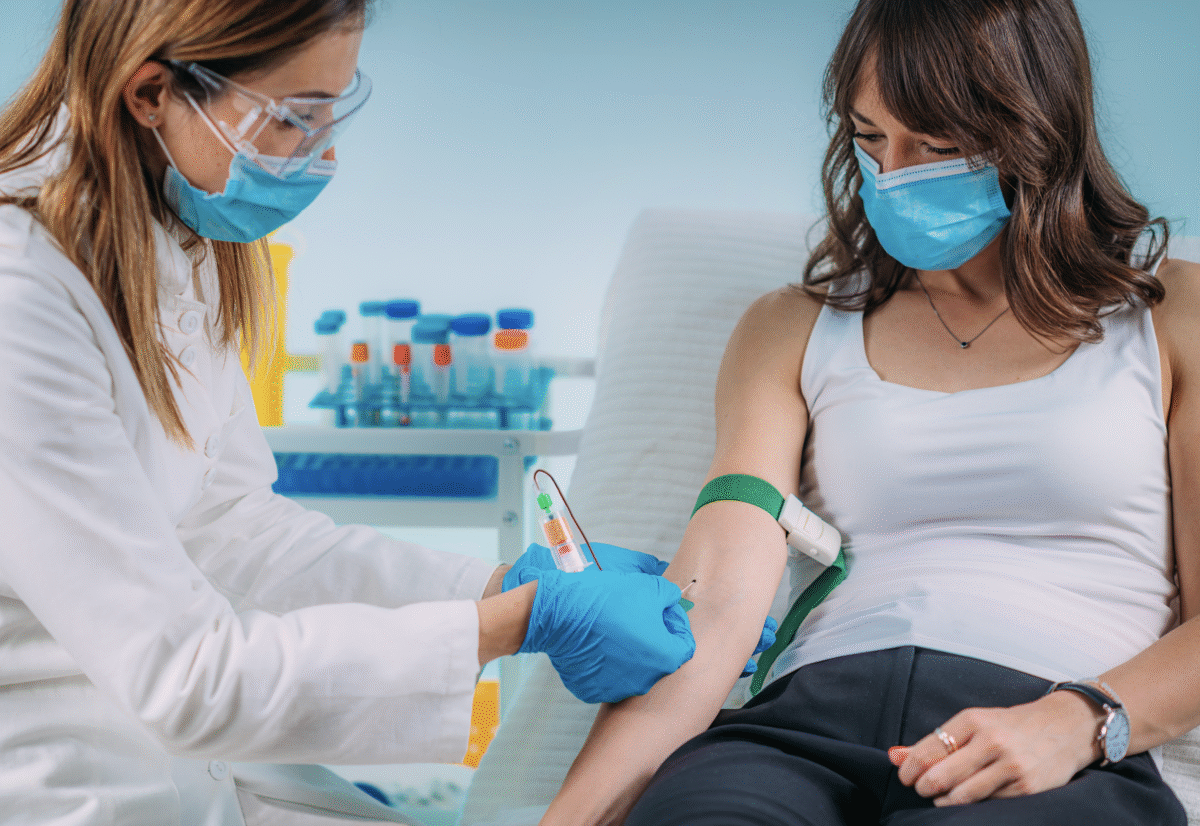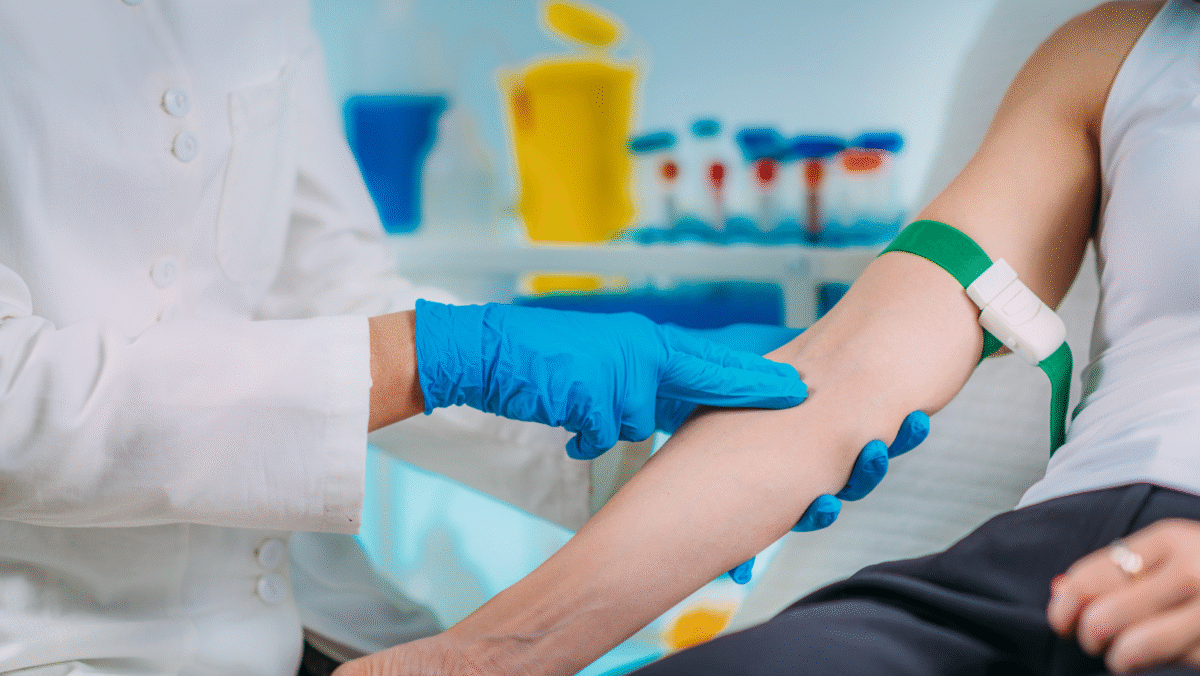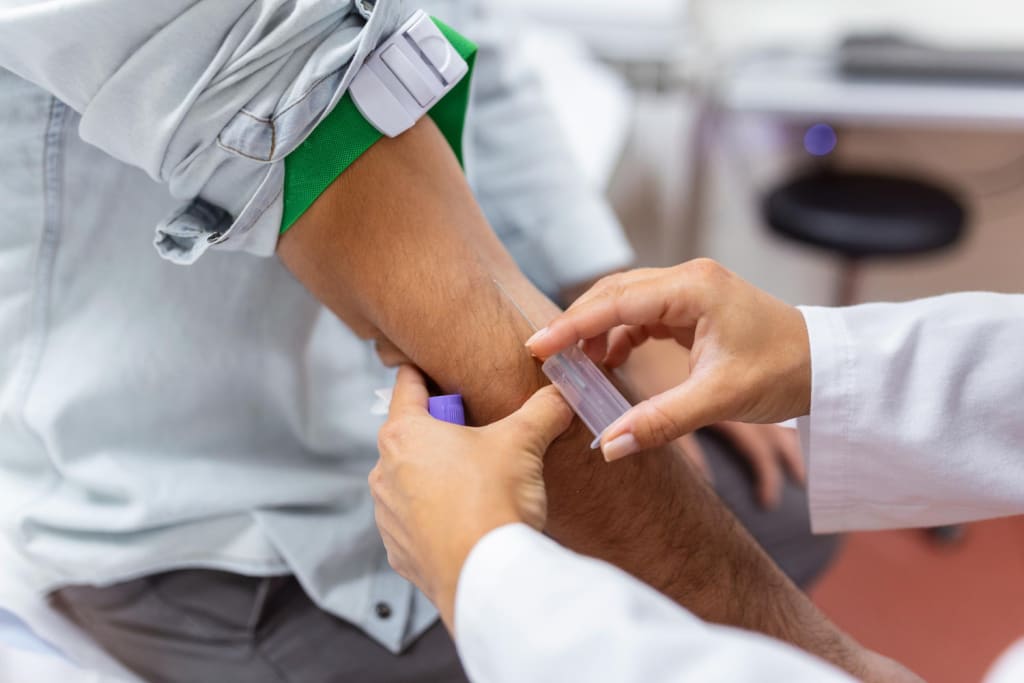Phlebotomy Technician
Phlebotomy Technician

Course Overview
The Phlebotomy Technician course prepares learners with the knowledge and practical skills needed to collect, process, and handle blood specimens for laboratory testing, transfusions, and medical procedures. The training emphasizes both theoretical understanding and hands-on clinical practice, ensuring learners develop competence, confidence, and professionalism in patient care and blood collection.
Course Objectives
By the end of this course, learners will be able to:
Perform safe and effective blood collection techniques.
Identify suitable veins and apply correct venipuncture procedures.
Use phlebotomy equipment appropriately (needles, tubes, syringes, tourniquets).
Maintain high standards of infection control and patient safety.
Label, transport, and process specimens correctly.
Communicate professionally to reduce patient fear and discomfort.
Respond effectively to complications such as fainting, bleeding, or patient anxiety.

Who Should Enroll?
This program is suitable for:
Individuals seeking entry into healthcare.
Aspiring or current laboratory assistants.
Nurses, caregivers, or healthcare aides looking to upskill.
Anyone planning a career in clinical laboratory science or diagnostics.
Course Modules
1. Introduction to Phlebotomy
Roles and responsibilities of a phlebotomist
Professional ethics and patient rights
2. Anatomy & Physiology
The circulatory system and blood composition
Vein structure and blood flow patterns
3. Infection Control & Safety
Personal protective equipment (PPE)
Hygiene, sterilization, and disinfection procedures
4. Phlebotomy Equipment & Techniques
Needles, syringes, tourniquets, and blood collection tubes
Venipuncture and capillary puncture procedures
5. Specimen Collection & Handling
Correct labeling and documentation
Transporting and storing specimens
6. Patient Care & Communication
Building rapport and reducing anxiety
Handling difficult patients with compassion
7. Emergency Situations
Managing fainting, excessive bleeding, and needle accidents
Basic life support (BLS) and first aid for phlebotomy incidents
8. Clinical Practicum
Supervised blood draws in a healthcare setting
Application of learned techniques on real patients
Learning Methods
- Interactive classroom lectures
- Demonstrations and laboratory simulations
- Role-playing patient scenarios
- Supervised clinical practice in hospitals or diagnostic centers
Assessment & Certification
- Continuous assessments (tests, assignments, practicals)
- Final written and clinical examination
- Upon completion, learners receive a Certificate in Phlebotomy Technician, qualifying them for entry-level phlebotomy positions.
Career Opportunities
Graduates can pursue roles in:
Hospitals and Clinics
Diagnostic Laboratories
Blood Banks
Research and Public Health Centers
With advanced studies, learners may progress into careers such as Medical Laboratory Scientist, Pathology Technician, or Registered Nurse.
Duration & Requirements
Duration: 3 – 6 months (depending on program structure)
Entry Requirements: Minimum secondary school education, good communication skills, and interest in healthcare.

